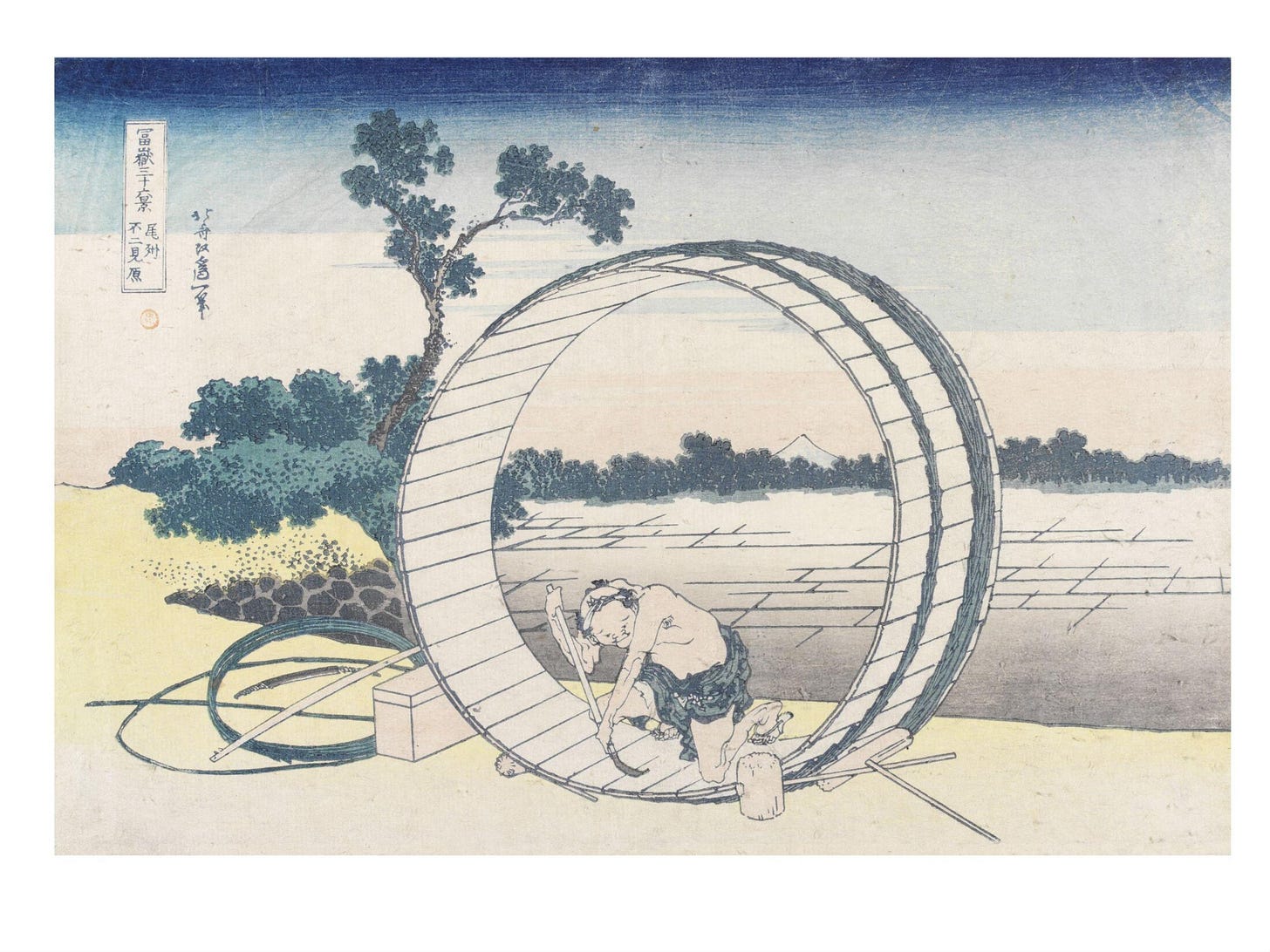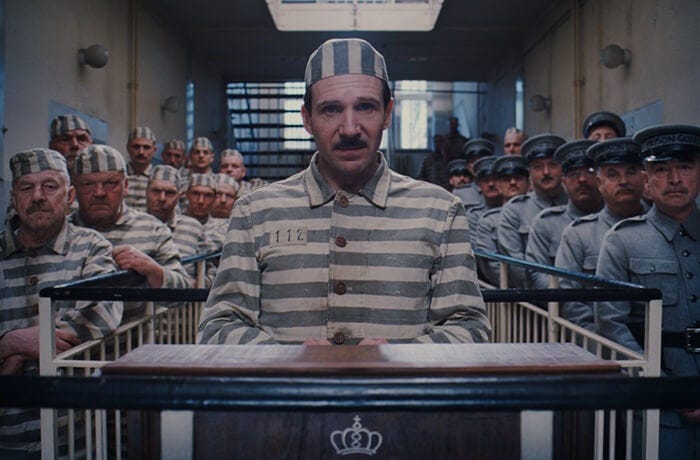Hope you enjoyed reading my previous Influenced posts (childhood favourites, adulthood favourites and films). I thought I’d start 2024 with another Influenced post.
As an illustrator, I often find inspirations from other art forms (e.g. painting, sculpture, posters, photography etc). I like Vermeer, Degas, Van Gogh, Gauguin, Edward Hopper, Rothko, Yevonde, Vivian Maier, David Hockney and more. But nothing is more influential to me than ukiyo-e.
Ukiyo-e (浮世絵) refers to a style of Japanese woodblock print and painting from the Edo period (1615 – 1868) depicting famous theatre actors, beautiful courtesans, city life, landscapes, and erotic scenes. Ukiyo-e literally means 'pictures of the floating world', referring to the brothel and theatre districts. Ukiyo-e prints were very popular because they could be produced quite cheaply in large numbers. Basically they were pin-ups, postcards and life magazines for masses.
It’s commonly said that in Edo Japan, anyone could own a masterpiece Ukiyo-e print for about the price of a bowl of noodles.
But it’s not the floating world that inspires me. It’s the ukiyo-e aesthetic - mainly the use of colour and innovative composition/perspective.
Imperfect Perspective
I didn’t go to an art school so I’ve never properly learn how to draw in linear perspective. I very sporadically go to London Urban Sketchers weekends; probably twice a year. I found drawing sceneries, especially cityscapes, really hard because I can’t get perspective right. My friend Jimmy Lu is an urban designer and he’s an amazing urban sketcher. He can draws buildings and streets with incredible precision. When we ‘throw down’ our sketchbooks on ground for everyone to see at the end of the day, I put my sketchbook far away from his…
One of the reasons I love ukiyo-e is the lack of perspective (as understood in the West). Perspective wasn’t considered important until art from the West begins to influence Japan. For example, this is one of prints from the series Thirty-six Views of Mount Fuji by Katsushika Hokusai. You see the perspective isn’t “correct” (e.g. angle of the tab, ridges between the paddy fields). But the broken perspective helps this composition to emphasise the Mt Fuji in the background and give a visual impact.
Hokusai set magic in the paintings which intuitively impressed viewers.

Flat perspective in ukiyo-e reminds me of use of long-lens camera in films. I wouldn’t go too technical but basically a longer focal-length lens makes the scene look flatter. The longer the focal length, the higher the magnification, giving the impression of the background elements closer to the subject. Wes Anderson films are a great example.
Flatten or daring perspective is a creative device, but Wikipedia writes “ukiyo-e displays an unusual approach to graphical perspective, one that can appear underdeveloped when compared to European paintings of the same period.” Underdeveloped, my a***!




